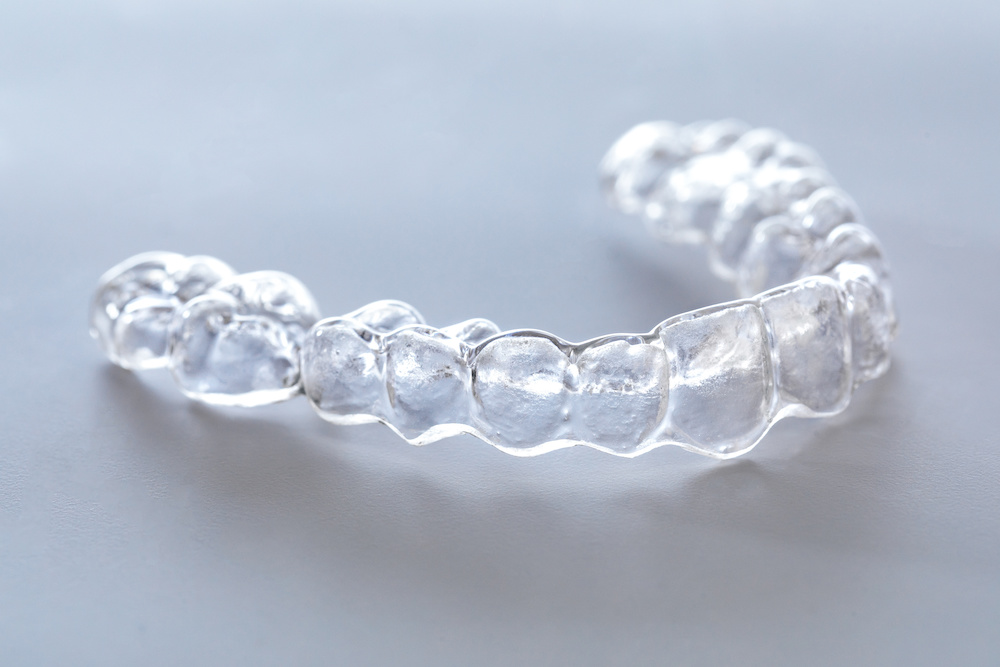First US standard on clear aligners available for comment

The first U.S. standard related to orthodontic sequential aligners is available for review and comment from the American Dental Association.
“Clear aligner therapy is widely used in orthodontic treatment. However, there is no dental standard that specifically addresses the characteristics of the materials used to produce orthodontic sequential aligners, neither for thermoformed nor additively manufactured aligner materials,” said Hera Kim-Berman, D.D.S., project lead for proposed ANSI/ADA Standard No. 188 for Dentistry — Materials Used to Produce Orthodontic Sequential Aligners. “This makes it difficult for practitioners, patients and regulators to compare them.”
The standard will allow these products to be compared in a like manner with respect to their physical, thermal and mechanical behaviors. For example, the standard requires specific mechanical testing that will allow comparisons to be made between the strength and flexibility of products made by different manufacturers.
The standard specifies requirements and test methods for materials used in the production of orthodontic sequential aligners, along with requirements for packaging and labeling. The document includes materials that are thermoformed into sequential aligners, as well as materials that are used to additively manufacture sequential aligners.
“Developing specific standard test methods and criteria to address important dental materials is crucial for researchers, industry professionals and clinicians to better understand and identify their optimal characteristics for enhanced patient care,” said Spiro Megremis, Ph.D., chair of the ADA Standards Program Working Group 1.7 on Orthodontic Products.
To obtain a copy of the draft standard, visit ADA.org/aipreview. Interested parties have until Oct. 10 to comment.
The ADA is an American National Standards Institute-Accredited Standards Developer and has been at the forefront of the development of dental standards since 1928. These standards establish requirements for safe and effective dental products and technologies through a consensus-based process.
The ADA Standards Program working groups that develop the standards are made up of a diverse group of expert volunteers representing dental practitioners, industry, government and academia. Involvement is open to anyone who would like to contribute their expertise.
To learn more about the standards program, visit ADA.org/dentalstandards.



